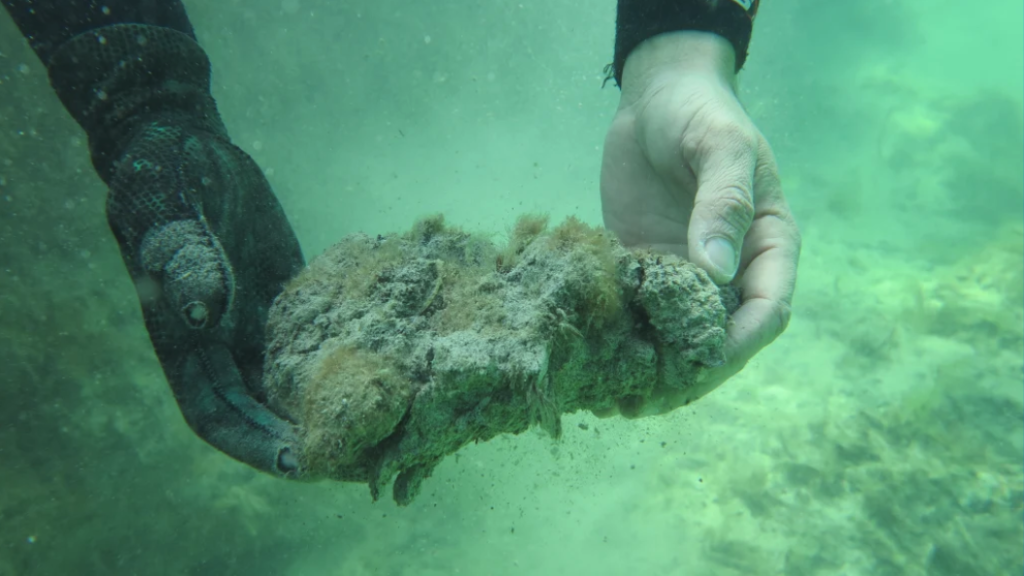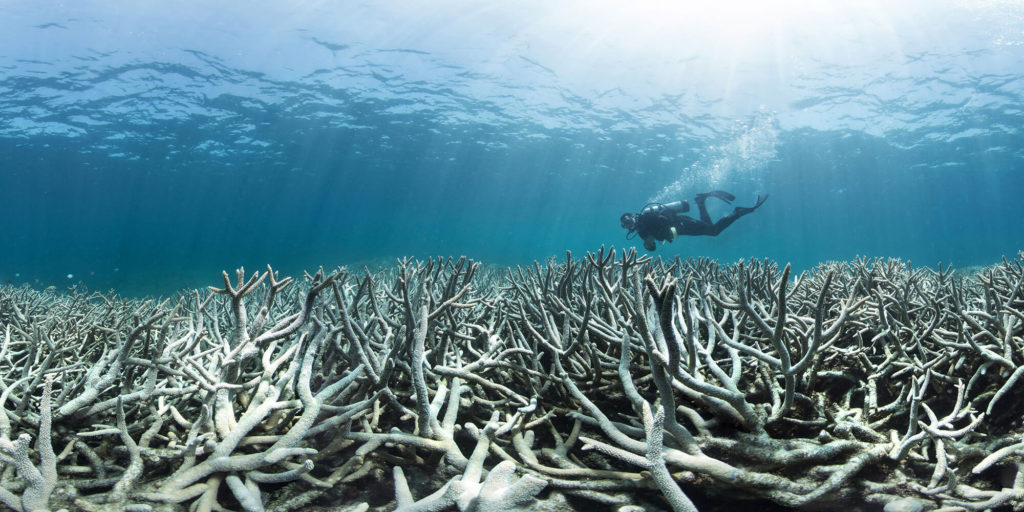Heatwaves, also known as discrete extreme warming events, are becoming more frequent, more intense and are lasting longer because of human-induced climate change, devastating oceans, according to a recent study published in Nature Climate Change.
—
What are marine heatwaves?
Marine heatwaves, where an ocean’s surface temperature is much warmer than normal, have also intensified, damaging ocean-dwelling ecosystems worldwide.
The study found this phenomenon to be the principal cause of problems for many biological processes and organisms, including critical foundation taxa such as corals that support ecosystems and provide important ecological services.
“The major concern is that the oceans have warmed significantly as a consequence of manmade climate change, so that marine heatwaves have become more frequent and will likely intensify over the coming decades,” said Dan Smale from the University of Western Australia and lead author of the paper. “Just as atmospheric heatwaves can destroy crops, forests and animal populations, marine heatwaves can devastate ocean ecosystems.”
Why are oceans heating up?
Marine heatwaves can be caused by many factors including localised air-sea heat fluxes, where heat from the atmosphere is transferred to the sea, and large-scale climate drivers such as the El Nino Southern Oscillation (ENSO) that occurs when low-level surface winds that normally blow from east to west are weakened.
Although extreme warming events can occur naturally, growing evidence suggests that the intensification of heatwaves in recent years is attributable to human activities.
Researchers looked for areas where marine heatwave intensification overlapped with areas of high biodiversity, temperature-sensitive populations and non-climatic human stressors and found several vulnerable regions.
These include Australia, the Caribbean Sea and the mid-Eastern Pacific coastline with high marine biodiversity, along with the South-West Pacific and mid-West Atlantic with high temperature-sensitive populations.
Populations and species that live near their warm range edge – the warmest temperatures they can endure – are particularly vulnerable as intense marine heatwaves expose them to temperatures they cannot tolerate.
Overfishing and pollution also place additional stress on marine diversity in regions that are already subject to intense marine heatwaves such as the central-West Atlantic, the North-East Atlantic and the North-West Pacific.
“Ocean ecosystems currently face a number of threats, including overfishing, acidification and plastic pollution, but periods of extreme temperatures can cause rapid and profound ecological changes, leading to loss of habitat, local extinctions, reduced fisheries catches and altered food webs,” Dr Smale said.
You might also like: Deoxygenation: What To Expect From Our Future Oceans

Moreover, the authors conducted a meta-analysis on the ecological impacts of eight prominent marine heatwave events, reviewing more than 100 scientific research papers.
They found that all marine taxonomic groups, with the exception of fish and mobile invertebrates, responded negatively to marine heatwaves. Birds and corals were the most adversely affected due to changes in prey availability and widespread bleaching respectively.
Coral bleaching along with moribund seagrass and decreased kelp biomass have also all been linked to temporary highs in water temperature. These three foundational taxa play a crucial role in supporting underwater ecosystems and provide important ecological services like carbon sequestration and nutrient cycling.
To date, most ecological studies have focused on the long-term trends of climate change. The authors of this paper have instead shown the dramatically immediate consequences of heatwaves on our oceans.


















